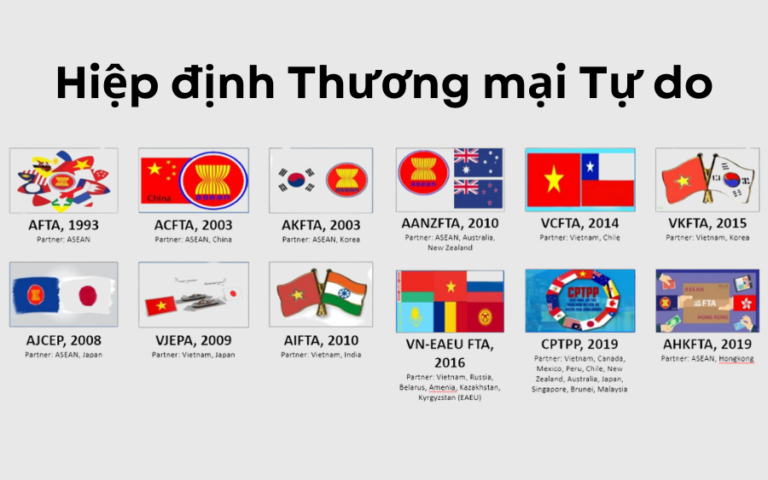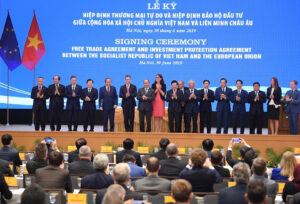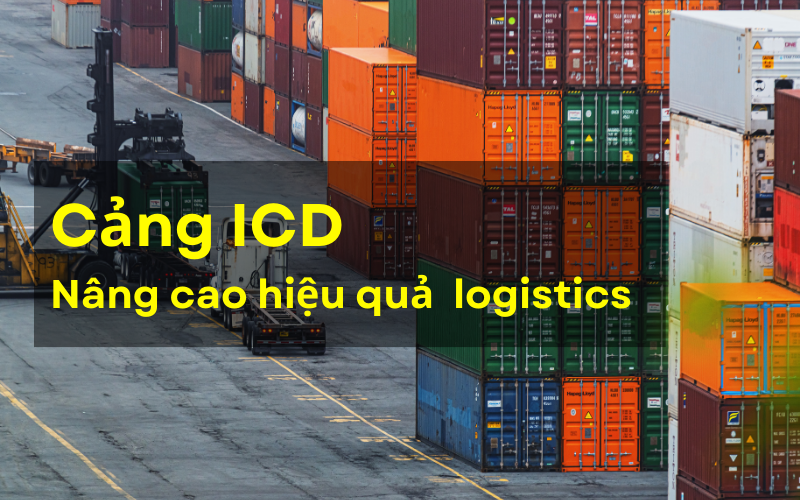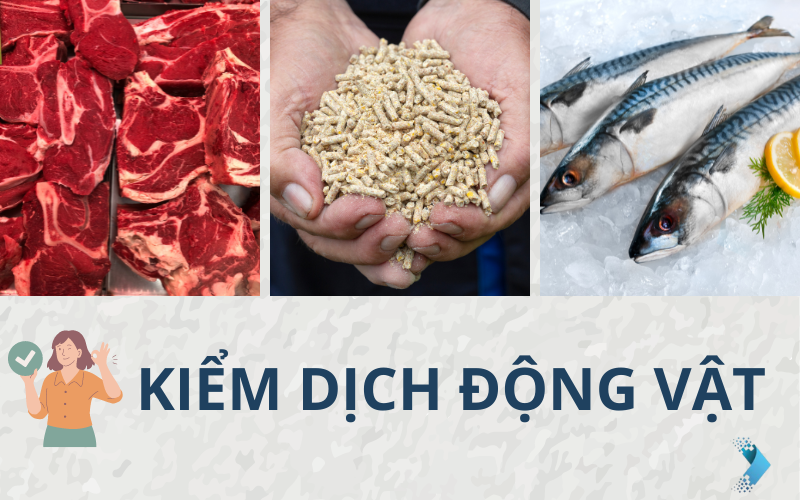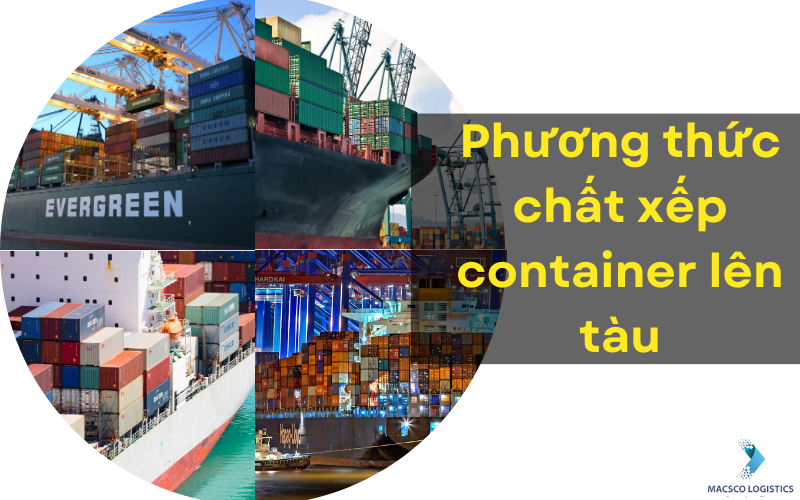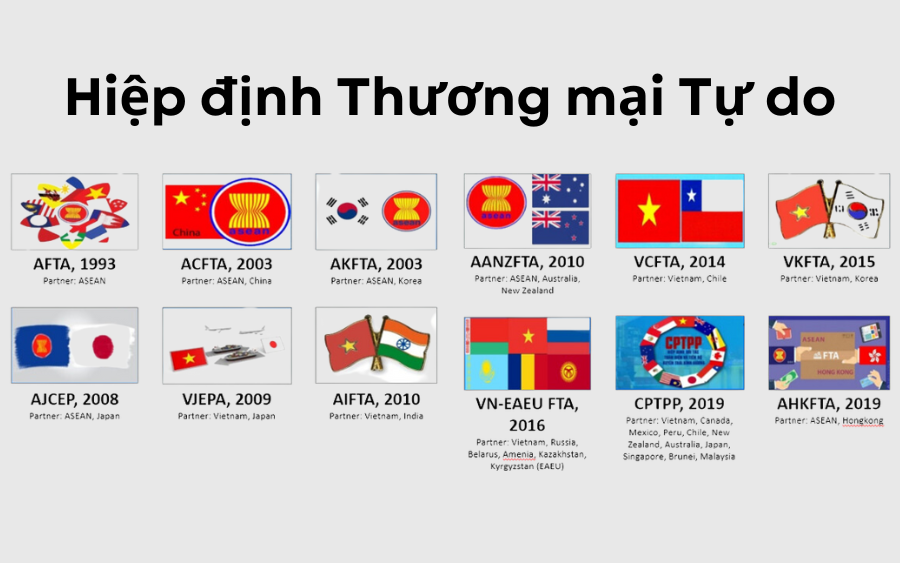In today's flat world context, trade barriers are a factor that greatly affects the development of countries. Therefore, the Free Trade Agreement (FTA) was born to solve the above limitation. Please also learn about this agreement from Macsco in the article below.
1. What is a Free Trade Agreement?
Free Trade Agreement (FTA) consists of economic agreements between two or more countries, aimed at eliminating trade barriers and promoting the exchange of goods and services between members.
Trade barriers can be in the form of tariffs, import quotas, other non-tariff barriers such as technical standards, food safety standards, etc.
2. What is the “new generation” Free Trade Agreement?
This term appeared in 2007, when the European Union (EU) began negotiating with partners such as Korea, India, and Asean. “New generation” FTAs bring a comprehensive approach with many new contents on investment, intellectual property, competition and sustainable development.
3. Distinguishing characteristics of traditional FTAs and new generation FTAs
– First: new generation FTAs include "non-commercial" content that was previously taken out of the WTO negotiation round. These “non-commercial” issues include labor, environment, sustainable development, good governance, etc.
– Second: new generation FTAs include newer contents such as investment, competition, e-commerce, and encouragement of small and medium-sized enterprises.
Third: different from WTO agreements and traditional FTAs, new generation FTAs have a broader and deeper level of commitment, committing to cutting taxes almost to 0% for almost all goods and services. .
4. Main content of the Free Trade Agreement
– First: regulations on reducing tariff and non-tariff barriers
According to this content, each country participating in the FTA agreement must commit to reducing and eliminating taxes on imported and exported goods and services between member countries.
– Second: regulate the list of products included in tariff reduction
The type of goods and services included in the contract depends on the results of negotiation activities. There are some sensitive taxes that will not be cut or cut less.
– Third: regulations on import and export tax reduction time
FTAs must have a content section that clearly stipulates the roadmap or time period for applying tax cuts. FTAs usually last less than 10 years.
– Fourth: regulations on origin
This is a very important and indispensable regulation in the FTA. Each different type of goods and services will have different levels of tax reduction regulations. Goods originating from countries participating in the agreement will receive greater incentives.
5. Principles in the Free Trade Agreement
– First: ensure fairness in economic benefits between countries
Carefully consider each country's unique economic situation to ensure fair deals are made.
– Second: create new development opportunities
Grasp the advantages and disadvantages, opportunities and challenges to negotiate most effectively. From there, increasing the amount of import and export goods, attracting many foreign investment sources.
Above are some shares about the Free Trade Agreement (FTA). If you have questions that need answering or need to transport import and export goods, please contact Macsco Logistics immediately with a team of many years of experience for the fastest and most accurate support.
For further information and questions, please contact:
MACSCO LOGISTICS LIMITED
Address: 64 Nguyen Dinh Chieu, Da Kao Ward, District 1, Ho Chi Minh City, Vietnam
Phone: (84 28) 6270 6576
Email: anna@macsclogistics.com
Website: https://macscologistics.com

